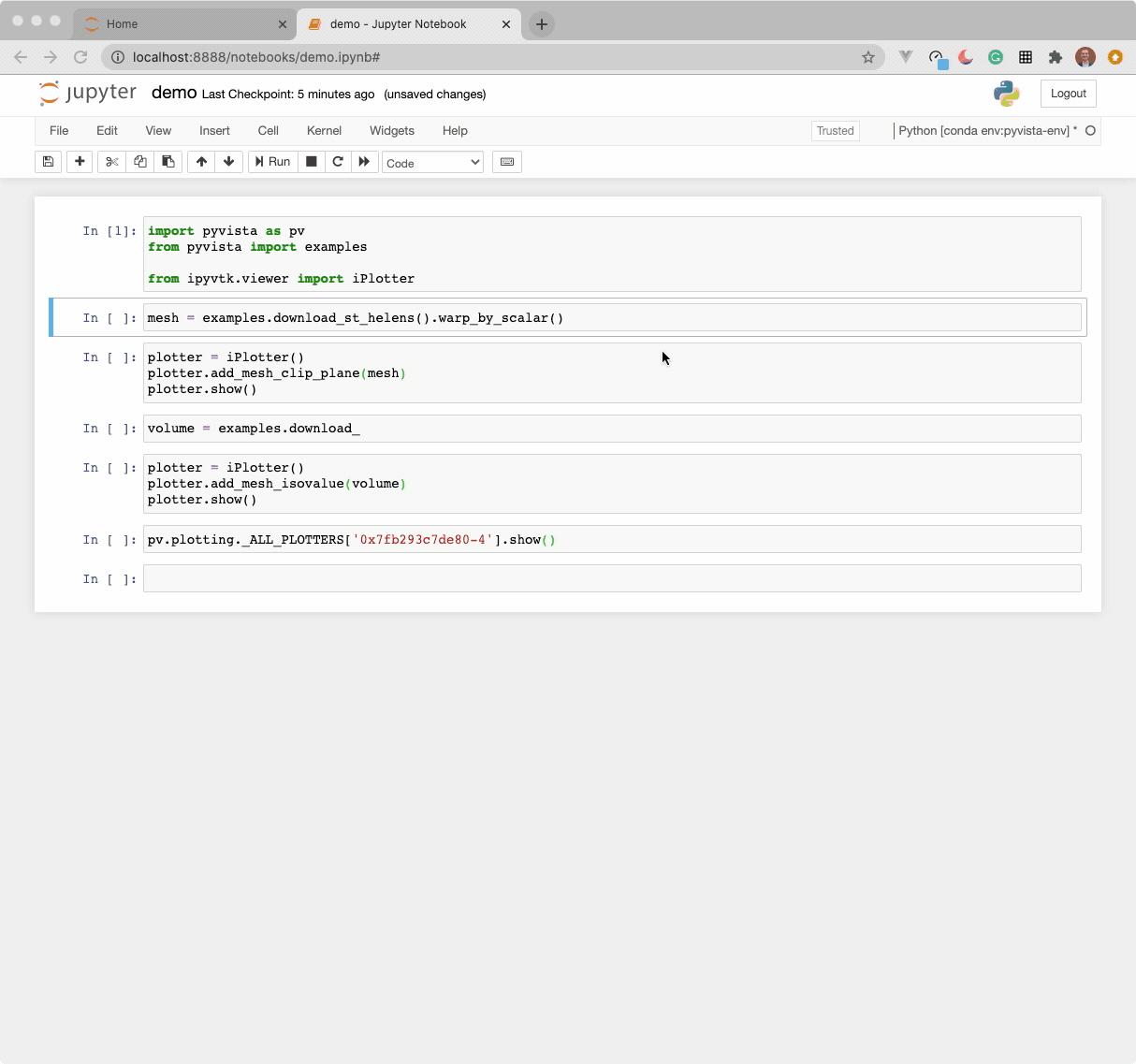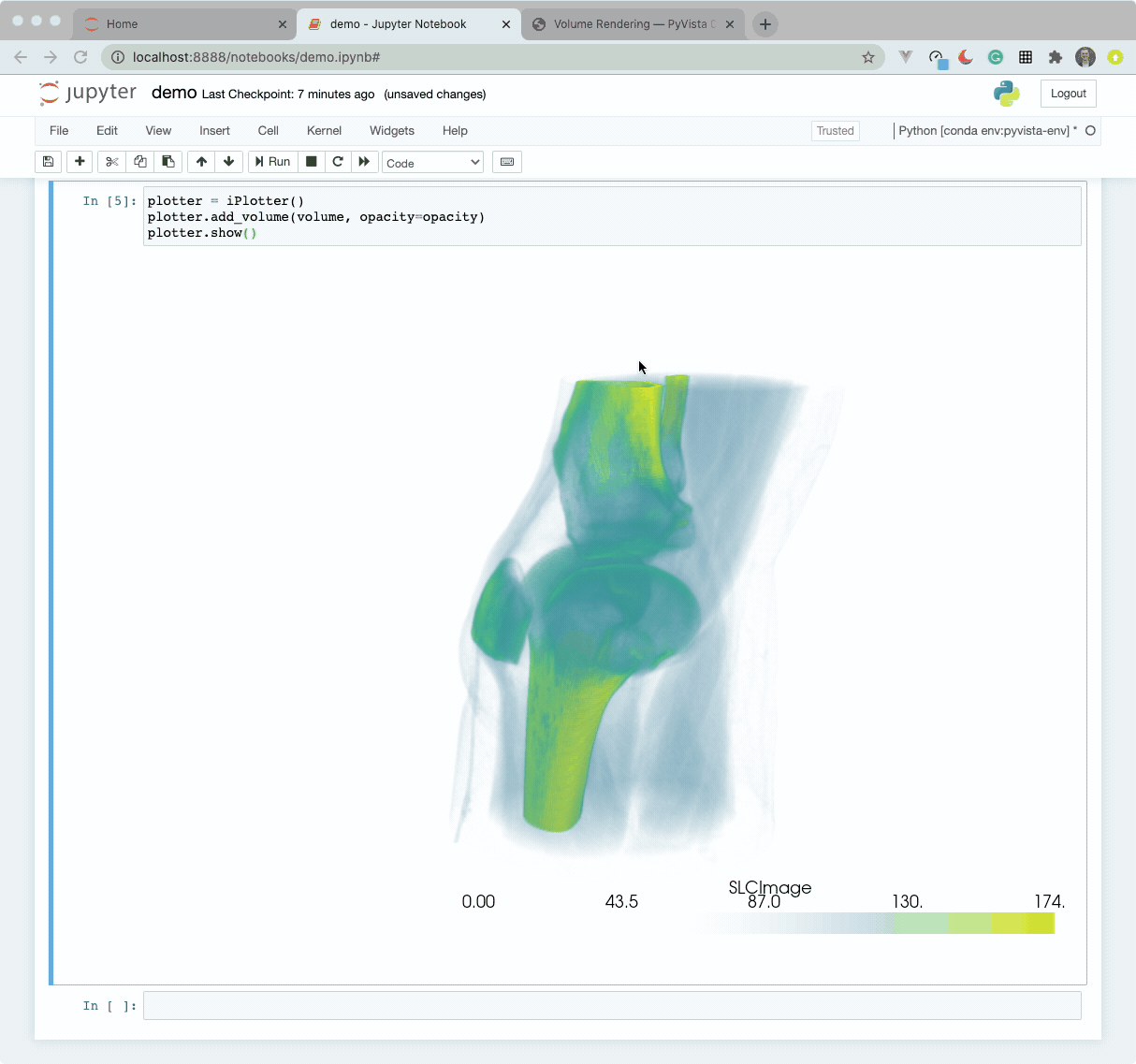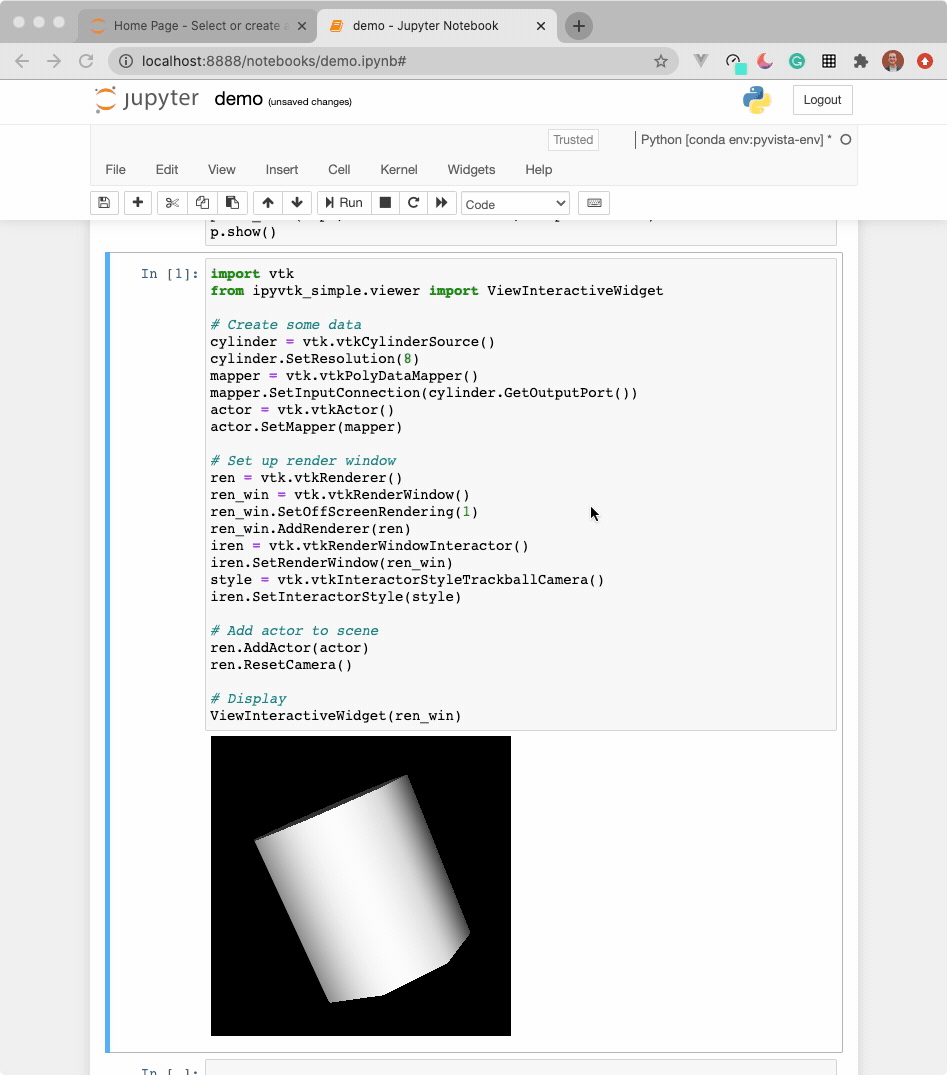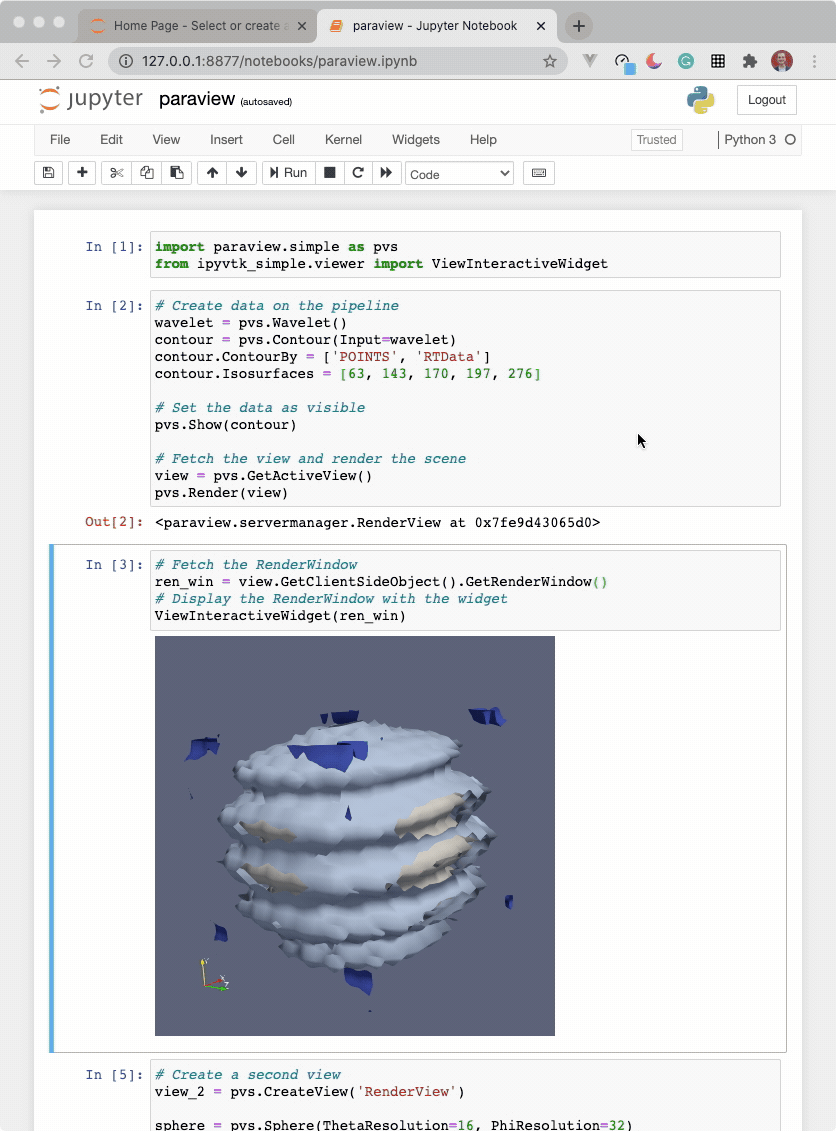1
2
3
4
5
6
7
8
9
10
11
12
13
14
15
16
17
18
19
20
21
22
23
24
25
26
27
28
29
30
31
32
33
34
35
36
37
38
39
40
41
42
43
44
45
46
47
48
49
50
51
52
53
54
55
56
57
58
59
60
61
62
63
64
65
66
67
68
69
70
71
72
73
74
75
76
77
78
79
80
81
82
83
84
85
86
87
88
89
90
91
92
93
94
95
96
97
98
99
100
101
102
103
104
105
106
107
108
109
110
111
112
113
114
115
116
117
118
119
120
121
122
123
124
125
126
127
128
129
130
131
132
133
134
135
136
137
138
139
140
141
142
143
144
145
146
147
148
149
150
151
152
153
154
155
156
157
158
159
160
161
162
163
164
165
166
167
168
169
170
171
172
173
174
175
176
177
178
179
180
181
182
183
184
185
186
187
188
189
190
191
192
193
194
195
196
197
198
199
200
201
202
203
204
205
206
207
208
209
210
211
212
213
214
215
216
217
218
219
220
221
222
223
224
225
226
227
228
229
230
231
232
233
234
235
236
237
238
239
240
241
242
243
244
245
246
247
248
249
250
251
252
253
254
255
256
257
258
259
260
261
262
263
264
265
266
267
268
269
270
271
272
273
274
275
276
277
278
279
280
281
282
283
284
285
286
287
288
289
290
291
292
293
294
295
296
297
298
299
300
301
302
303
304
305
306
307
308
309
310
311
312
313
314
315
316
317
318
319
320
321
322
323
324
325
326
327
328
329
330
331
332
333
334
335
336
337
338
339
340
341
342
343
344
345
346
347
348
349
350
351
352
353
354
355
356
357
358
359
360
361
362
363
364
365
366
367
368
369
370
371
372
373
374
375
376
377
378
379
380
381
382
383
384
385
386
387
388
389
390
391
392
393
394
395
396
397
398
399
400
401
402
403
404
405
406
407
408
409
410
411
412
413
414
415
416
417
418
419
420
421
422
423
424
425
426
427
428
429
430
431
432
433
434
435
436
437
438
439
440
441
442
443
444
445
446
447
448
449
450
451
452
453
454
455
456
457
458
459
460
461
462
463
464
465
466
467
468
469
470
471
472
473
474
475
476
477
478
479
480
481
482
483
484
485
486
487
488
489
490
491
492
493
494
495
496
497
498
499
500
501
502
503
504
|
%global _empty_manifest_terminate_build 0
Name: python-ipyvtklink
Version: 0.2.3
Release: 1
Summary: ipywidget for vtkRenderWindow
License: BSD 3-Clause
URL: https://github.com/Kitware/ipyvtklink
Source0: https://mirrors.nju.edu.cn/pypi/web/packages/d6/e6/4771ca4dd69e933af9ab1308efafaf797ebc0ef0626ee5615ea9e8e2665b/ipyvtklink-0.2.3.tar.gz
BuildArch: noarch
Requires: python3-ipycanvas
Requires: python3-ipyevents
Requires: python3-ipywidgets
%description
# ipyvtklink
[](https://mybinder.org/v2/gh/Kitware/ipyvtklink/master)
[](https://pypi.org/project/ipyvtklink/)
[](https://anaconda.org/conda-forge/ipyvtklink)
*An ipywidget for vtkRenderWindow* (formerly `ipyvtk-simple`)
This is an early prototype of creating a Jupyter interface to VTK. This toolkit
is a proof of concept and a more polished tool will be available as
[`ipyvtk`](https://github.com/Kitware/ipyvtk) in the future.
The code here was implemented from the work done by [Andras Lasso](https://github.com/lassoan)
under an MIT License (see [the source](https://github.com/Slicer/SlicerJupyter/blob/master/JupyterNotebooks/JupyterNotebooksLib/interactive_view_widget.py)).
The goal is to enable this widget to work with any server side
[`vtkRenderWindow`](https://vtk.org/doc/nightly/html/classvtkRenderWindow.html)
This render window could be from [VTK Python](https://vtk.org/),
[ParaView](https://www.paraview.org/), or [PyVista](https://www.pyvista.org/).
Please note that `vtk` is not listed as a requirement for this package to
simplify its installation in virtual environments where VTK may be built from
source or bundled with ParaView and we do not want to install the wheels from
PyPI.
## Installation
For use with PyVista, simply install with `pip` or `conda`:
```
pip install ipyvtklink
```
or
```
conda install -c conda-forge ipyvtklink
```
## Run in Docker
A Docker image is prebuilt and hosted in the ipyvtklink repository's packages.
To run in Docker:
```
docker pull ghcr.io/kitware/ipyvtklink:latest
docker run -p 8888:8888 ghcr.io/kitware/ipyvtklink:latest
```
and open the `vtk.ipynb` notebook.
Additionally, this can be used with ParaView. An example is given in
`paraview.ipynb` which can be run via:
```
docker pull ghcr.io/kitware/ipyvtklink-paraview:latest
docker run -p 8878:8878 ghcr.io/kitware/ipyvtklink-paraview:latest
```
## Examples
You may have to build jupyter lab extensions for this to work in Lab. This is
known to work well in Notebook.
### PyVista
PyVista has fully implemented downstream support for `ipyvtklink`. See [PyVista's Documentation](https://docs.pyvista.org/user-guide/jupyter/ipyvtk_plotting.html)
See the `pyvista.ipynb` for an original proof of concept.


### Python VTK
The widget here can be used with VTK. Here is a minimal example showing how
to pass any `vtkRenderWindow` to the `ViewInteractiveWidget`:
```py
import vtk
from ipyvtklink.viewer import ViewInteractiveWidget
# Create some data
cylinder = vtk.vtkCylinderSource()
cylinder.SetResolution(8)
mapper = vtk.vtkPolyDataMapper()
mapper.SetInputConnection(cylinder.GetOutputPort())
actor = vtk.vtkActor()
actor.SetMapper(mapper)
# Set up render window
ren = vtk.vtkRenderer()
ren_win = vtk.vtkRenderWindow()
ren_win.SetOffScreenRendering(1)
ren_win.SetSize(600, 600)
ren_win.AddRenderer(ren)
iren = vtk.vtkRenderWindowInteractor()
iren.SetRenderWindow(ren_win)
style = vtk.vtkInteractorStyleTrackballCamera()
iren.SetInteractorStyle(style)
# Add actor to scene
ren.AddActor(actor)
ren.ResetCamera()
# Display
ViewInteractiveWidget(ren_win)
```

### ParaView Python
See instructions above for running ParaView in a Docker container.
```py
import paraview.simple as pvs
from ipyvtklink.viewer import ViewInteractiveWidget
# Create data on the pipeline
wavelet = pvs.Wavelet()
contour = pvs.Contour(Input=wavelet)
contour.ContourBy = ['POINTS', 'RTData']
contour.Isosurfaces = [63, 143, 170, 197, 276]
# Set the data as visible
pvs.Show(contour)
# Fetch the view and render the scene
view = pvs.GetActiveView()
pvs.Render(view)
# Fetch the RenderWindow
ren_win = view.GetClientSideObject().GetRenderWindow()
# Display the RenderWindow with the widget
ViewInteractiveWidget(ren_win)
```

%package -n python3-ipyvtklink
Summary: ipywidget for vtkRenderWindow
Provides: python-ipyvtklink
BuildRequires: python3-devel
BuildRequires: python3-setuptools
BuildRequires: python3-pip
%description -n python3-ipyvtklink
# ipyvtklink
[](https://mybinder.org/v2/gh/Kitware/ipyvtklink/master)
[](https://pypi.org/project/ipyvtklink/)
[](https://anaconda.org/conda-forge/ipyvtklink)
*An ipywidget for vtkRenderWindow* (formerly `ipyvtk-simple`)
This is an early prototype of creating a Jupyter interface to VTK. This toolkit
is a proof of concept and a more polished tool will be available as
[`ipyvtk`](https://github.com/Kitware/ipyvtk) in the future.
The code here was implemented from the work done by [Andras Lasso](https://github.com/lassoan)
under an MIT License (see [the source](https://github.com/Slicer/SlicerJupyter/blob/master/JupyterNotebooks/JupyterNotebooksLib/interactive_view_widget.py)).
The goal is to enable this widget to work with any server side
[`vtkRenderWindow`](https://vtk.org/doc/nightly/html/classvtkRenderWindow.html)
This render window could be from [VTK Python](https://vtk.org/),
[ParaView](https://www.paraview.org/), or [PyVista](https://www.pyvista.org/).
Please note that `vtk` is not listed as a requirement for this package to
simplify its installation in virtual environments where VTK may be built from
source or bundled with ParaView and we do not want to install the wheels from
PyPI.
## Installation
For use with PyVista, simply install with `pip` or `conda`:
```
pip install ipyvtklink
```
or
```
conda install -c conda-forge ipyvtklink
```
## Run in Docker
A Docker image is prebuilt and hosted in the ipyvtklink repository's packages.
To run in Docker:
```
docker pull ghcr.io/kitware/ipyvtklink:latest
docker run -p 8888:8888 ghcr.io/kitware/ipyvtklink:latest
```
and open the `vtk.ipynb` notebook.
Additionally, this can be used with ParaView. An example is given in
`paraview.ipynb` which can be run via:
```
docker pull ghcr.io/kitware/ipyvtklink-paraview:latest
docker run -p 8878:8878 ghcr.io/kitware/ipyvtklink-paraview:latest
```
## Examples
You may have to build jupyter lab extensions for this to work in Lab. This is
known to work well in Notebook.
### PyVista
PyVista has fully implemented downstream support for `ipyvtklink`. See [PyVista's Documentation](https://docs.pyvista.org/user-guide/jupyter/ipyvtk_plotting.html)
See the `pyvista.ipynb` for an original proof of concept.


### Python VTK
The widget here can be used with VTK. Here is a minimal example showing how
to pass any `vtkRenderWindow` to the `ViewInteractiveWidget`:
```py
import vtk
from ipyvtklink.viewer import ViewInteractiveWidget
# Create some data
cylinder = vtk.vtkCylinderSource()
cylinder.SetResolution(8)
mapper = vtk.vtkPolyDataMapper()
mapper.SetInputConnection(cylinder.GetOutputPort())
actor = vtk.vtkActor()
actor.SetMapper(mapper)
# Set up render window
ren = vtk.vtkRenderer()
ren_win = vtk.vtkRenderWindow()
ren_win.SetOffScreenRendering(1)
ren_win.SetSize(600, 600)
ren_win.AddRenderer(ren)
iren = vtk.vtkRenderWindowInteractor()
iren.SetRenderWindow(ren_win)
style = vtk.vtkInteractorStyleTrackballCamera()
iren.SetInteractorStyle(style)
# Add actor to scene
ren.AddActor(actor)
ren.ResetCamera()
# Display
ViewInteractiveWidget(ren_win)
```

### ParaView Python
See instructions above for running ParaView in a Docker container.
```py
import paraview.simple as pvs
from ipyvtklink.viewer import ViewInteractiveWidget
# Create data on the pipeline
wavelet = pvs.Wavelet()
contour = pvs.Contour(Input=wavelet)
contour.ContourBy = ['POINTS', 'RTData']
contour.Isosurfaces = [63, 143, 170, 197, 276]
# Set the data as visible
pvs.Show(contour)
# Fetch the view and render the scene
view = pvs.GetActiveView()
pvs.Render(view)
# Fetch the RenderWindow
ren_win = view.GetClientSideObject().GetRenderWindow()
# Display the RenderWindow with the widget
ViewInteractiveWidget(ren_win)
```

%package help
Summary: Development documents and examples for ipyvtklink
Provides: python3-ipyvtklink-doc
%description help
# ipyvtklink
[](https://mybinder.org/v2/gh/Kitware/ipyvtklink/master)
[](https://pypi.org/project/ipyvtklink/)
[](https://anaconda.org/conda-forge/ipyvtklink)
*An ipywidget for vtkRenderWindow* (formerly `ipyvtk-simple`)
This is an early prototype of creating a Jupyter interface to VTK. This toolkit
is a proof of concept and a more polished tool will be available as
[`ipyvtk`](https://github.com/Kitware/ipyvtk) in the future.
The code here was implemented from the work done by [Andras Lasso](https://github.com/lassoan)
under an MIT License (see [the source](https://github.com/Slicer/SlicerJupyter/blob/master/JupyterNotebooks/JupyterNotebooksLib/interactive_view_widget.py)).
The goal is to enable this widget to work with any server side
[`vtkRenderWindow`](https://vtk.org/doc/nightly/html/classvtkRenderWindow.html)
This render window could be from [VTK Python](https://vtk.org/),
[ParaView](https://www.paraview.org/), or [PyVista](https://www.pyvista.org/).
Please note that `vtk` is not listed as a requirement for this package to
simplify its installation in virtual environments where VTK may be built from
source or bundled with ParaView and we do not want to install the wheels from
PyPI.
## Installation
For use with PyVista, simply install with `pip` or `conda`:
```
pip install ipyvtklink
```
or
```
conda install -c conda-forge ipyvtklink
```
## Run in Docker
A Docker image is prebuilt and hosted in the ipyvtklink repository's packages.
To run in Docker:
```
docker pull ghcr.io/kitware/ipyvtklink:latest
docker run -p 8888:8888 ghcr.io/kitware/ipyvtklink:latest
```
and open the `vtk.ipynb` notebook.
Additionally, this can be used with ParaView. An example is given in
`paraview.ipynb` which can be run via:
```
docker pull ghcr.io/kitware/ipyvtklink-paraview:latest
docker run -p 8878:8878 ghcr.io/kitware/ipyvtklink-paraview:latest
```
## Examples
You may have to build jupyter lab extensions for this to work in Lab. This is
known to work well in Notebook.
### PyVista
PyVista has fully implemented downstream support for `ipyvtklink`. See [PyVista's Documentation](https://docs.pyvista.org/user-guide/jupyter/ipyvtk_plotting.html)
See the `pyvista.ipynb` for an original proof of concept.


### Python VTK
The widget here can be used with VTK. Here is a minimal example showing how
to pass any `vtkRenderWindow` to the `ViewInteractiveWidget`:
```py
import vtk
from ipyvtklink.viewer import ViewInteractiveWidget
# Create some data
cylinder = vtk.vtkCylinderSource()
cylinder.SetResolution(8)
mapper = vtk.vtkPolyDataMapper()
mapper.SetInputConnection(cylinder.GetOutputPort())
actor = vtk.vtkActor()
actor.SetMapper(mapper)
# Set up render window
ren = vtk.vtkRenderer()
ren_win = vtk.vtkRenderWindow()
ren_win.SetOffScreenRendering(1)
ren_win.SetSize(600, 600)
ren_win.AddRenderer(ren)
iren = vtk.vtkRenderWindowInteractor()
iren.SetRenderWindow(ren_win)
style = vtk.vtkInteractorStyleTrackballCamera()
iren.SetInteractorStyle(style)
# Add actor to scene
ren.AddActor(actor)
ren.ResetCamera()
# Display
ViewInteractiveWidget(ren_win)
```

### ParaView Python
See instructions above for running ParaView in a Docker container.
```py
import paraview.simple as pvs
from ipyvtklink.viewer import ViewInteractiveWidget
# Create data on the pipeline
wavelet = pvs.Wavelet()
contour = pvs.Contour(Input=wavelet)
contour.ContourBy = ['POINTS', 'RTData']
contour.Isosurfaces = [63, 143, 170, 197, 276]
# Set the data as visible
pvs.Show(contour)
# Fetch the view and render the scene
view = pvs.GetActiveView()
pvs.Render(view)
# Fetch the RenderWindow
ren_win = view.GetClientSideObject().GetRenderWindow()
# Display the RenderWindow with the widget
ViewInteractiveWidget(ren_win)
```

%prep
%autosetup -n ipyvtklink-0.2.3
%build
%py3_build
%install
%py3_install
install -d -m755 %{buildroot}/%{_pkgdocdir}
if [ -d doc ]; then cp -arf doc %{buildroot}/%{_pkgdocdir}; fi
if [ -d docs ]; then cp -arf docs %{buildroot}/%{_pkgdocdir}; fi
if [ -d example ]; then cp -arf example %{buildroot}/%{_pkgdocdir}; fi
if [ -d examples ]; then cp -arf examples %{buildroot}/%{_pkgdocdir}; fi
pushd %{buildroot}
if [ -d usr/lib ]; then
find usr/lib -type f -printf "/%h/%f\n" >> filelist.lst
fi
if [ -d usr/lib64 ]; then
find usr/lib64 -type f -printf "/%h/%f\n" >> filelist.lst
fi
if [ -d usr/bin ]; then
find usr/bin -type f -printf "/%h/%f\n" >> filelist.lst
fi
if [ -d usr/sbin ]; then
find usr/sbin -type f -printf "/%h/%f\n" >> filelist.lst
fi
touch doclist.lst
if [ -d usr/share/man ]; then
find usr/share/man -type f -printf "/%h/%f.gz\n" >> doclist.lst
fi
popd
mv %{buildroot}/filelist.lst .
mv %{buildroot}/doclist.lst .
%files -n python3-ipyvtklink -f filelist.lst
%dir %{python3_sitelib}/*
%files help -f doclist.lst
%{_docdir}/*
%changelog
* Fri May 05 2023 Python_Bot <Python_Bot@openeuler.org> - 0.2.3-1
- Package Spec generated
|
